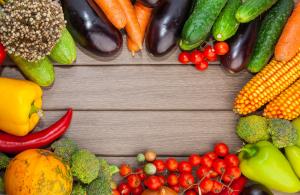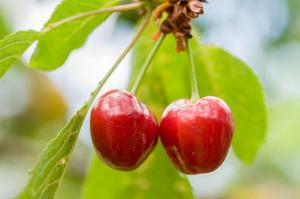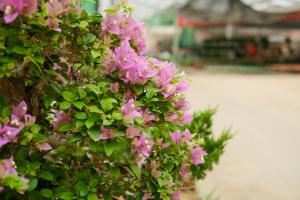When Do Plants Split Water?
Photosynthesis is an essential process for all plants as it is responsible for producing food and oxygen for them. During photosynthesis, plants use energy from the sun, water and carbon dioxide to produce glucose and release oxygen. The process involves two stages - light-dependent reactions and light-independent reactions. It is during the light-dependent reactions when plants split water to produce oxygen.
Light-Dependent Reactions
The first stage of photosynthesis is the light-dependent reactions which take place in the thylakoid membranes of the chloroplasts. During this stage, light energy from the sun is absorbed by the pigments in the chlorophyll which are then transferred to photosystems I and II. The light energy excites electrons and as they move through the electron transport chain, they generate ATP and NADPH, which are used in the light-independent reactions to produce glucose.
Water Splitting in Photosystem II
Water splitting takes place in photosystem II within the thylakoid membranes of the chloroplasts. As light energy is absorbed by the pigments, it excites electrons in the reaction center of photosystem II causing them to split water molecules into oxygen, protons and electrons. These electrons then enter the electron transport chain and generate ATP and NADPH.
Importance of Water Splitting
The process of water splitting by plants is important as it helps to release oxygen into the atmosphere which is essential for sustaining life. The oxygen produced during photosynthesis is taken up by animals and humans during respiration. Apart from this, water splitting also helps to maintain the pH balance of the chloroplast and regulate the electron transport chain.
Factors Affecting Water Splitting
The process of water splitting is dependent on a variety of environmental and physiological factors. One of the main factors affecting water splitting is the availability of light. Without light, the pigments within the chlorophyll are unable to transfer energy to photosystems I and II causing water splitting to cease. Other factors include temperature, CO2 concentration and water availability. Plants exposed to high temperatures, low CO2 concentrations and drought conditions may show reduced water splitting.
Conclusion
The process of water splitting in photosynthesis is an important aspect of plant physiology as it helps to produce oxygen, release energy and maintain the pH balance of the chloroplast. Although there are several factors that affect water splitting, plants are able to adapt to changes in their environment to ensure that photosynthesis can still take place efficiently.

 how many times do yo...
how many times do yo... how many planted tre...
how many planted tre... how many pine trees ...
how many pine trees ... how many pecan trees...
how many pecan trees... how many plants comp...
how many plants comp... how many plants can ...
how many plants can ... how many plants and ...
how many plants and ... how many pepper plan...
how many pepper plan...






























